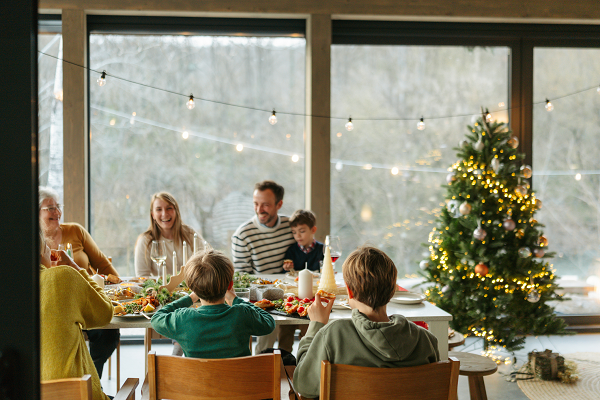-
Who doesn’t love a bit of street food? Cooked fresh in front of you and delivered straight into your hands, eating street food is one of the primary culinary pleasures of a trip to South East Asia. Malaysia is no exception, and is widely regarded as having one of the best street food cultures in the world. Here they call it “hawker food” and you’ll see families with tiny stalls set up on the sides of roads, sometimes serving just one dish.
Malaysia is a cultural melting pot and walking the streets of its capital, Kuala Lumpur, you’ll be surrounded by a variety of Chinese, Indian, and ethnic Malay culinary delights. You might recognise some of them, but many of the dishes on offer just can’t be replicated in a proper restaurant; it’s an experience you need to have on the street.
Eating street food isn’t without risk though. Many of us will know a friend or family member who’s came down with an upset stomach from eating food from roadside stalls (if it hasn’t already happened to you!). Australia has strict food safety laws, but it’s not the same in Asia. Though the food can be delicious, the food safety practices might not be quite what you’re used to.
Street eats can be a fantastic cultural experience, but you’ll want to make sure that you don’t fall sick on your holiday. You also shouldn’t let your cultural standards for food safety stop you from eating the laksa of a lifetime. Here’s our tips on what to eat, and how to know if it’s safe.
"You’ll never know how long the food has been sitting there out the front of the hawker’s stall, so stick with vendors that cook their meals to order and don’t have too much cooked food on hand."
1. Eat hot, not cold
Eating food at the proper temperature is the best thing you can do to reduce your chances of getting sick. Dishes served cold are harder to be sure about. If you can watch the food get cooked in a hot pan or over a grill, it’s more likely to be safe – temperatures above 71ºC generally kill any harmful bacteria. As a rule of thumb, if it burns your tongue it’s been cooked hot enough.
2. Watch out for water – including ice
You shouldn’t drink the tap water in Malaysia, and watch out for the ice! While there are many reputable ice vendors that service hawkers with food-grade ice for cold drinks, some stalls may make their own with tap water. It’s always best to ask and check. If unsure, give it a miss.
3. Choose food cooked to order
You’ll never know how long the food has been sitting there out the front of the hawker’s stall, so stick with vendors that cook their meals to order and don’t have too much cooked food on hand.
4. Follow the locals
Locals can get sick as well, but they’re more likely to avoid any vendors with a less-than-stellar reputation. If the stall has a long queue of people who look like they know what they’re doing, you’ll probably be okay.
5. Give yourself time to adjust
Travelling around the world on long flights takes a toll on your body, especially when the food you’re filling your belly with is unfamiliar and your digestive system is adjusting. You know your own body, so you’ll know the difference between a simple stomach ache and acute food poisoning. Give your body a day or two to adjust and you’ll be eating like a local in no time.
Food poisoning isn’t the end of the world, and it doesn’t have to ruin your holiday. These tips will help reduce your risk of getting sick on your well-earned break, but in case you do become unwell, it’s important to make sure you’ve got travel insurance. Get a quote today.
5 tips for enjoying Malaysian street food (without getting sick)

-
Comforting chicken noodle soup
Packed with anti-inflammatory ingredients including leek, garlic and ginger, this chicken noodle soup is hearty, full of goodness and great for any night of the week.
-
Peach salsa recipe
Zesty and unusual peach salsa recipe
-
Pineapple gingerbread crumble recipe
A summer riff on a winter classic.
-
5 festive recipes on a budget
A Christmas menu that won't break the bank.
-
Lemon and coconut bliss balls recipe
Roll up your own sweet and zesty treats.
-
5 grab-and-go lunches for work
5 convenient and inspired healthy work lunch ideas.
Subscribe to receive the best from Live Better every week. Healthy recipes, exercise tips and activities, offers and promotions – everything to help you eat, move and feel better.
By clicking sign up I understand and agree to Medibank's privacy policy






